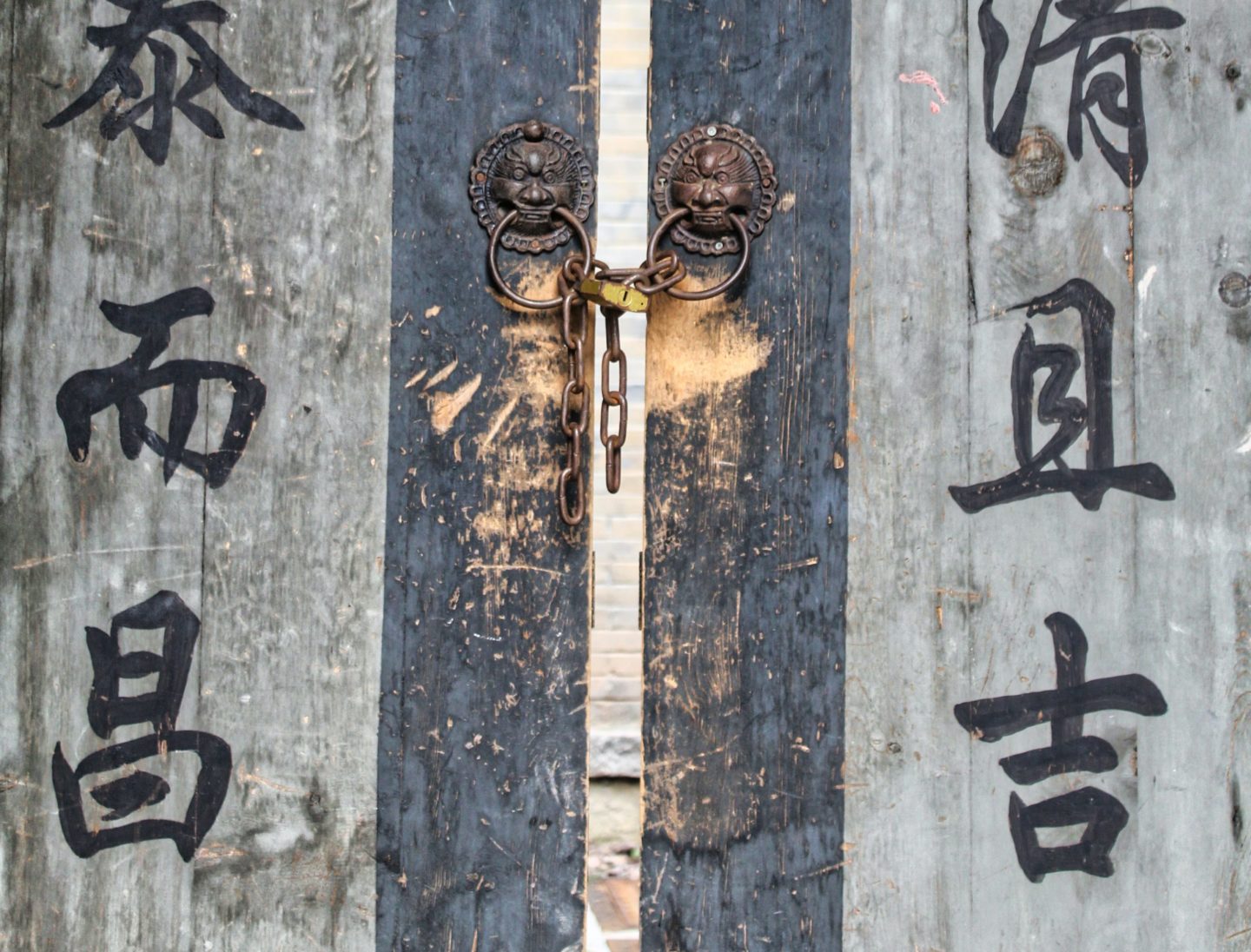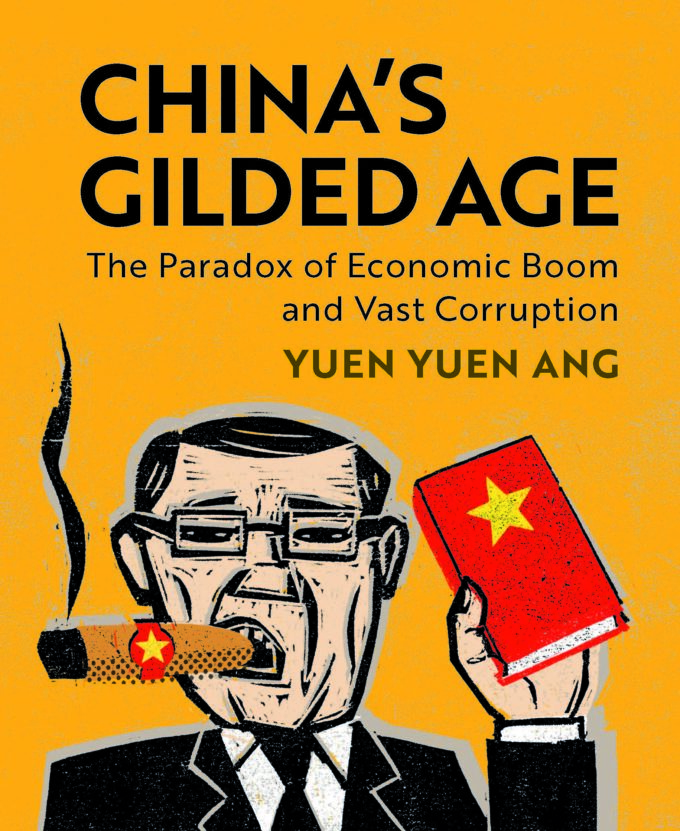The coexistence of high growth and corruption in China is not as exceptional as most people think, explains Yuen Yuen Ang, author of China’s Gilded Age: The Paradox of Economic Boom and Vast Corruption. Its closest parallel is America in the late 19th century. The type of corruption that prevailed in both Gilded Ages spurred investment but also led to serious distortions and risks.
In your book you explain – and provide a lot of evidence for – why China’s economy boomed despite serious corruption. How did that happen?
The conventional wisdom tells us that there is a strong correlation between corruption and poverty. If you believe this, then naturally China appears puzzling. The Chinese president himself describes corruption as a “grave” and “shocking” problem and yet the economy has sustained a four-decade boom. This led some corruption experts to characterize China as a “gigantic outlier”. But is it, really?
In fact, China’s paradox isn’t as exceptional as most people think. The conventional belief that all corrupt countries are poor is too simplistic. It doesn’t distinguish among types of corruption, and global indices of corruption fail to capture sophisticated, transactional forms of corruption that do exist in some rich countries – which I call access money.
I unbundle corruption into four types: petty theft (for example, extortion), grand theft (embezzlement), speed money (petty bribes to bypass red tape), and access money (large rewards given to powerful officials not just for speed, but for access to lucrative privileges). While the first three types are directly growth-damaging, the fourth type can spur investment – even over-investment – and simultaneously produce distortions and risks.
In China the structure of corruption evolved over decades toward the fourth type – access money – while the first three types were gradually brought under control. As the growth engines shifted away to investment and construction in the 2000s, the scale of access money exploded, and it also involved officials at higher ranks, who could give out super-valuable favors like cheap land and construction contracts.
Why is there also less petty corruption in China than in other developing countries such as India?
To be clear, there is still petty corruption in China. Relative to China, however, such corruption is even more prevalent in countries like Bangladesh and India. To correct the limitations and biases in conventional corruption indices, I piloted my own perceived corruption index – the Unbundled Corruption Index (UCI). In this index, instead of simplistically assigning a single corruption score to each country, I break down the score into four categories: petty theft, grand theft, speed money, access money.
China and India make for an interesting comparison. The two countries have nearly identical aggregate levels of corruption, but once you unbundle the score, you find that speed money is the dominant mode of bribery in India, whereas in China, it is access money.
Why the qualitative difference? First, state capacity building. From 1998 onward, the Chinese central government rolled out comprehensive administrative reforms to check embezzlement, misuse of public funds, and petty bribery. It’s boring, but it works.
Second, China practiced a profit-sharing system, where the personal payoffs of political elites and rank-and-file bureaucrats are linked to their economic performance. In countries like India, bureaucrats often have little or no personal stake in collective outcomes.
Third, regime type makes a difference too. In China’s developmental autocracy, powerful leaders can easily waive restrictions and open doors. By contrast, India’s fragmented democracy gives numerous authorities the power to block decisions but not to unilaterally take actions. In India, people pay bribes to override obstacles; in China, graft buys lucrative business deals. If the former is analogous to grease, then the latter is more like sludge.






